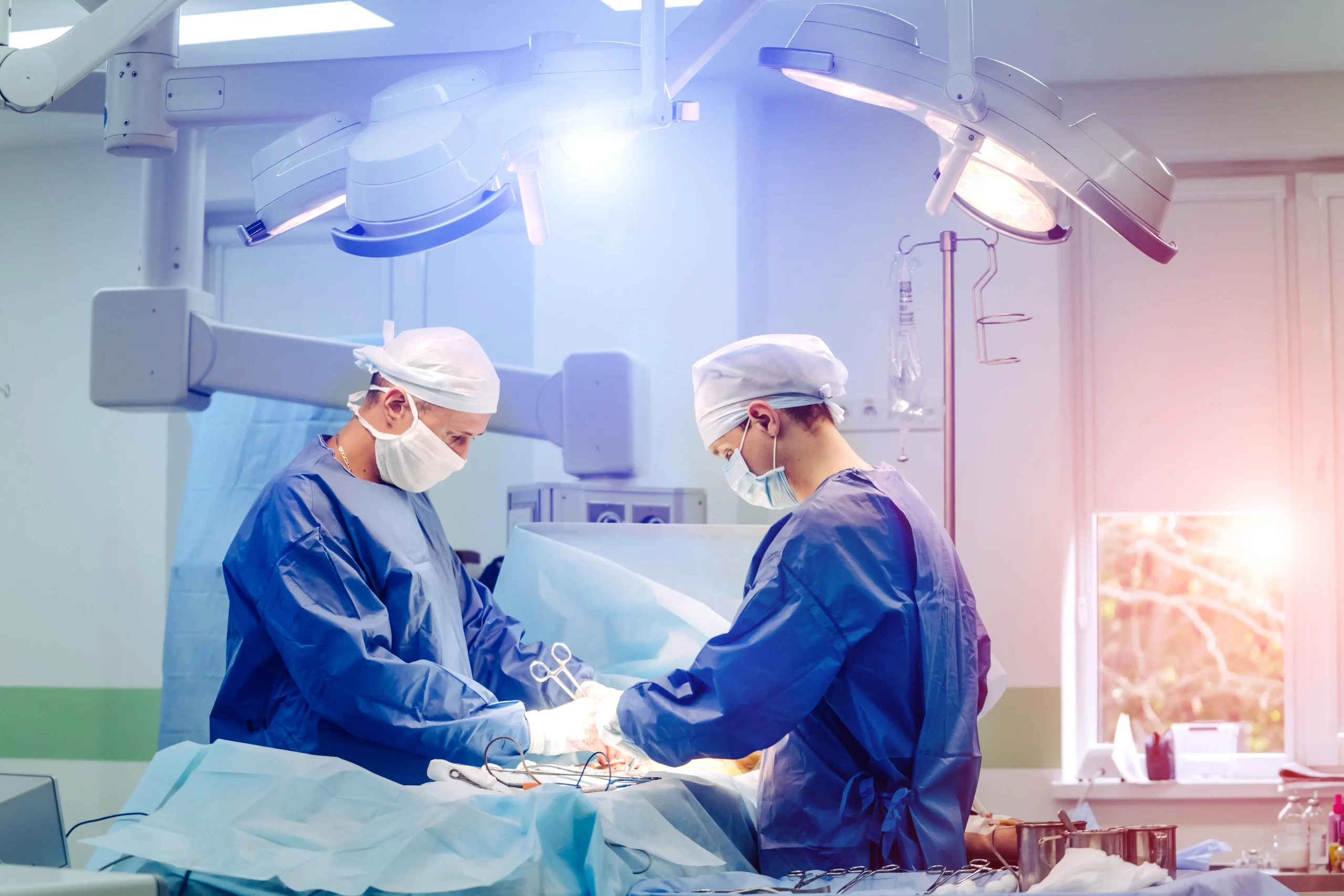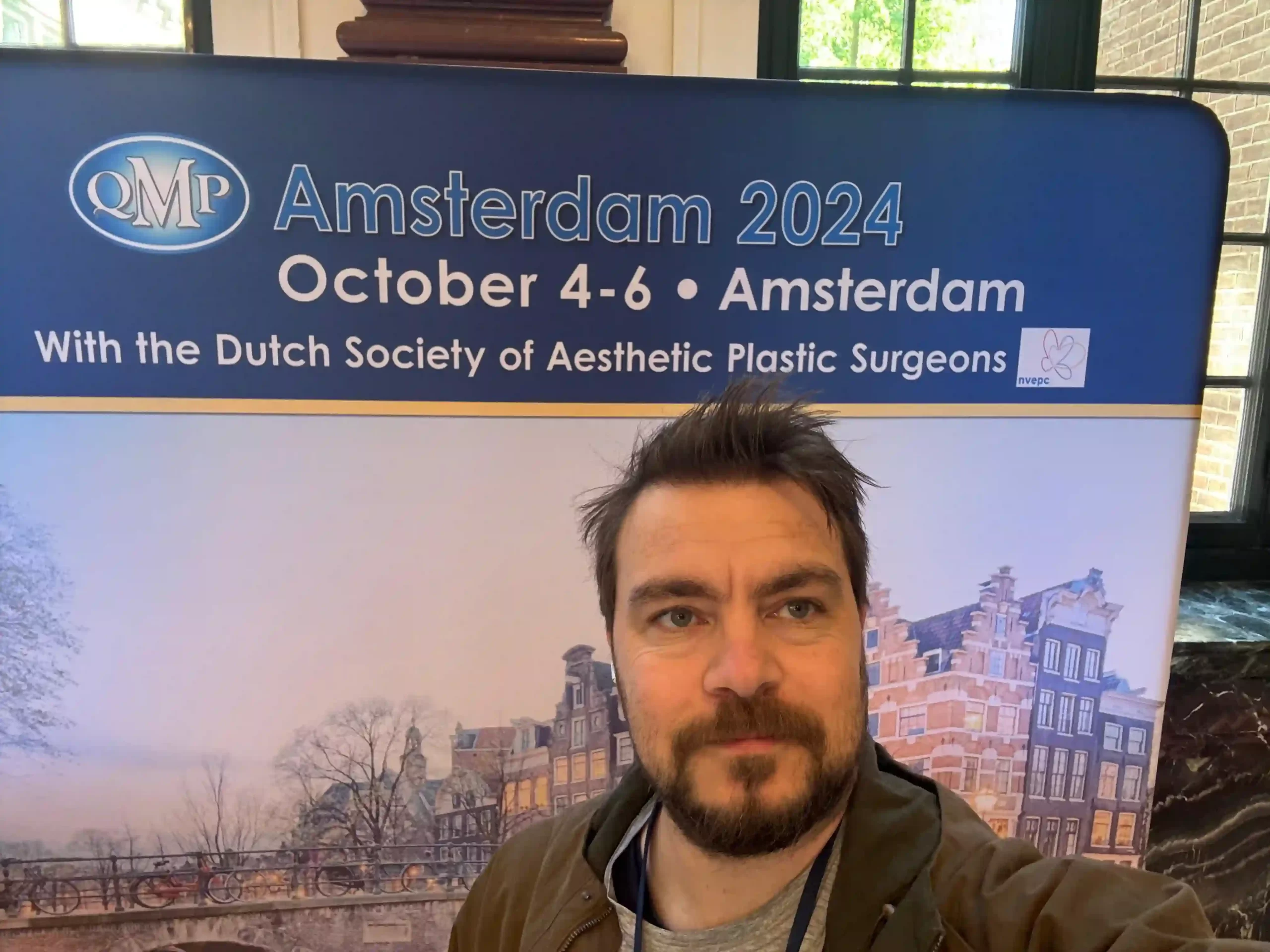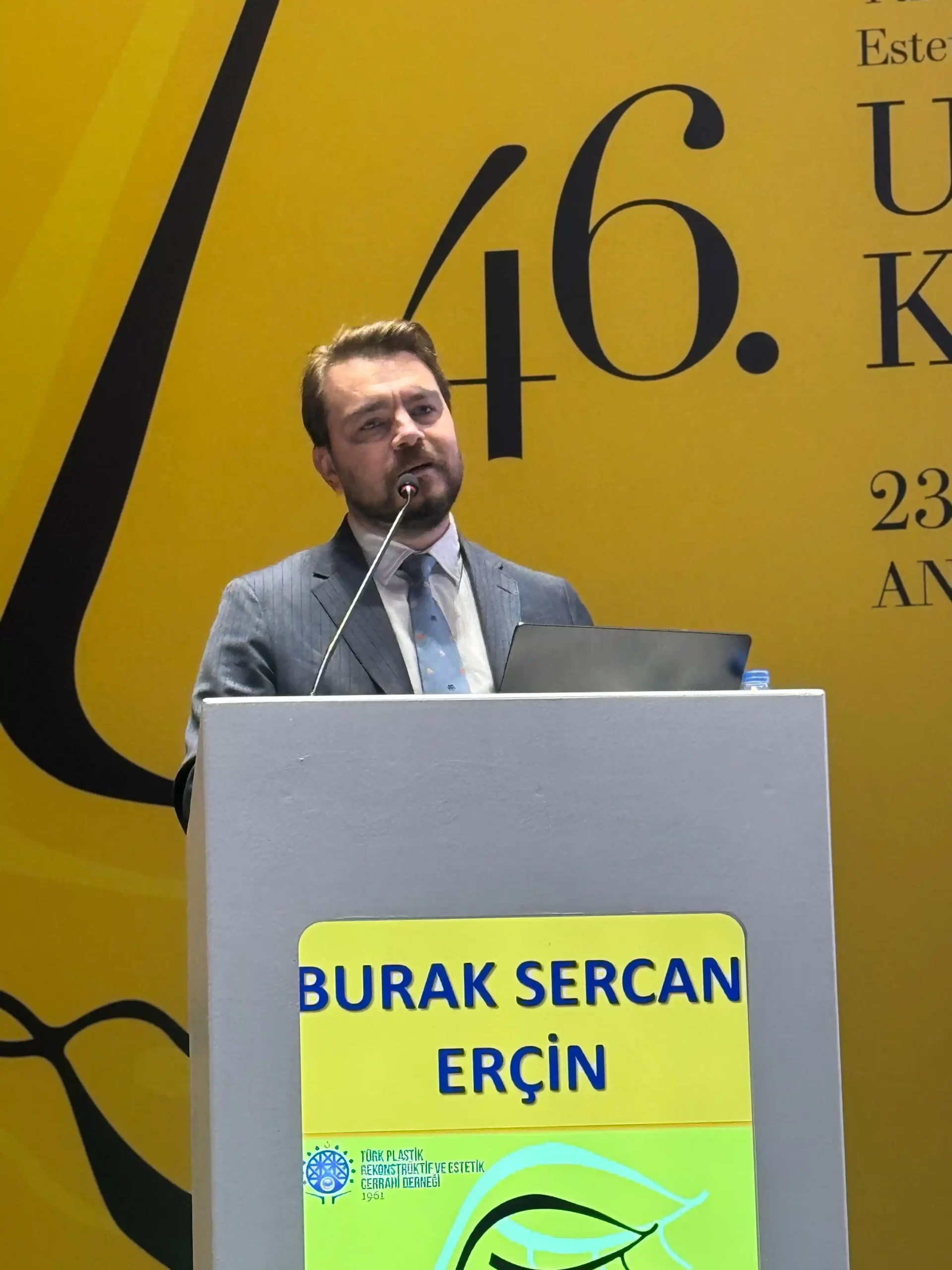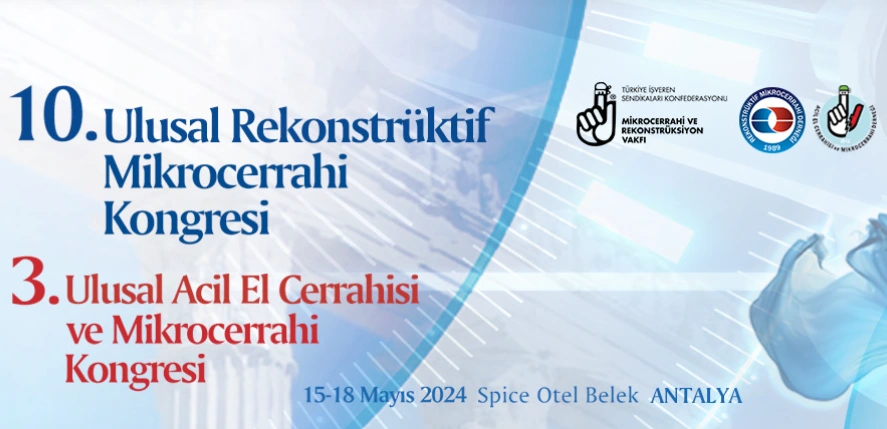Burn victims may experience severe problems that affect their physical and mental well-being. Today, there are many therapy alternatives because science and technology are constantly developing. Since there are so many disorganized and confusing parts of plastic surgery for burns, we have produced a comprehensive reference to the subject.
The before-and-after procedures, treatment options, advantages, and alternatives are all covered in this article. Let’s dive in!
What is Burn Surgery?
Burns are wounds to skin or other organic tissue that are primarily brought on by heat, radiation, radioactivity, electricity, friction, or contact with chemicals. Acute and reconstructive plastic surgery are the two main categories used to describe burn care. Burns that require prompt medical attention from trauma surgeons with expertise in that area are considered acute burns.
Burn Reconstructive Surgery Procedure
Reconstructive burn surgery aims to enhance the functionality and aesthetic appeal of burn scars. Both non-surgical and operational treatments are used to change the scar tissue in this situation. It usually takes several months to see results from scar tissue treatments. We cannot provide an exact estimate because the cost of reconstructive burn surgery will vary based on the patient and the severity of the burn.
– Preparing Surgery
Before reconstructive burn surgery, doctors obtain information from their patients about any allergies and medications they will be taking. The patient is responsible for making travel arrangements to the surgical site and gathering the supplies required for post-operative home care.
– During Surgery
Operative or non-operative methods can be used when performing plastic surgery for burns. Some treatments include topical therapy, pressure garment application, and scar massage. The surgical methods typically comprise scar release treatments, in which scars are first opened and then fixed by a plastic surgeon.
– After Surgery
The time it takes to return to your daily life may vary between one and three weeks. You can anticipate a noticeable aesthetic upgrade and improved functionality.
It’s critical to adhere to post-operative instructions to recover quickly and achieve the best results in terms of both function and outward look. Your surgeon will schedule follow-up appointments so they can evaluate your long-term outcomes and address any queries or worries you may have. Your specific postoperative recommendations may differ since different operations can be carried out. Skin grafts typically need some sort of “bolster” covering to keep them in place for 3-5 days without moving.
What are the Benefits of Reconstructive Burn Surgery?
Reconstructive burn surgery offers several significant benefits. Here are a few examples:
Improved Functionality: Burn reconstruction surgeries increase the functionality of the burned limb or area.
Enhanced Quality of Life: After reconstructive burn surgery, the patient can return to work and re-engage in the activities they enjoy.
Pain Relief: Reconstructive procedures like scar release or grafting can alleviate pain and improve comfort for the patient.
Cosmetic Improvement: While the primary goal of reconstructive burn surgery is to improve function and health, it frequently results in cosmetic enhancements as well.
Psychological Benefits: Due to deformity, severe burn injuries can cause psychological trauma, including low self-esteem and self-image disorders. By enhancing their look and lowering the sight of scars, reconstructive surgery can help patients restore their self-confidence and mental well-being.
Reduced Risk of Infections: Burned skin is more prone to infection. Reconstructive surgery repairs wounds and aids in the healing of the skin barrier.
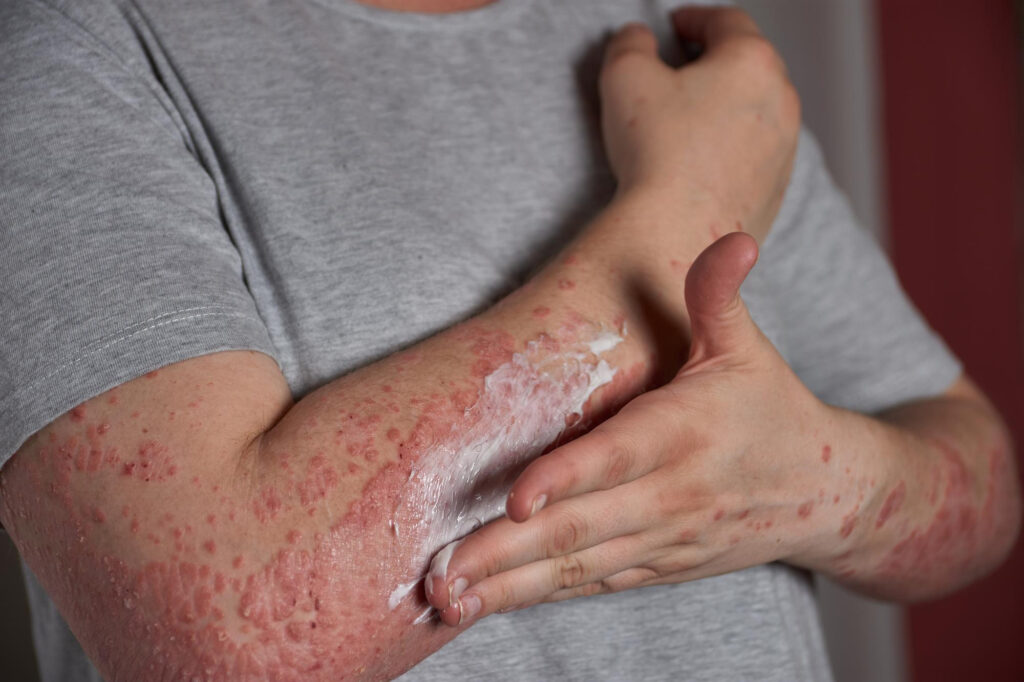
What are the Options for Reconstructive Burn Treatment?
The majority of surgical methods include scar releasing techniques. A plastic surgeon releases the stiff scar tissue and closes the wound. Depending on the requirements of the patient, there are numerous approaches to close these wounds. Depending on the location of the scar and the patient’s specific objectives, skin grafts, skin rearrangement (also known as Z-plasty), and more intricate skin donor flaps may be used. The majority of minor surgeries are conducted as outpatient operations, while larger grafts and flaps would probably call for an overnight hospital stay. Skin grafting can potentially be replaced with tissue expansion. When performing tissue expansion to areas of the face, neck, arms, hands, and legs, excellent results are frequently produced. Non-operative treatments could include topical treatments, pressure garments, or scar massage.
The Common Graft Types Used in Burn Treatment
The skin can recover on its own after a slight burn or small wound. To repair injured tissue, the skin is capable of producing new skin cells. However, the skin typically need some assistance to mend after a serious burn. By covering damaged areas with healthy skin tissue, skin grafts are used to cure severe burn injuries. Skin grafts might speed up your recovery if your skin is unable to regenerate new cells on its own.
Skin Grafts
Skin grafting is a surgical procedure. Providers use this treatment to transplant healthy skin from one place of the body to cover damaged or missing skin. Within a few days, the grafted skin develops blood vessels and connects to the surrounding skin.
Skin transplant surgery is used to heal patients who have damaged skin due to burns, traumas, wounds, sickness, or infection. Allografts, xenografts, autografts, and synthetic skin substitutes are examples of skin grafts. Depending on the patient’s demands, we employ skin grafts both temporarily and permanently.
-Autograft:
An autograft is a type of graft in which healthy skin tissue is removed from one region of the patient’s own body and placed on the burned area. The most typical form of graft utilized in the treatment of burns is this one. Autografts come in two primary categories:
-Split-thickness autograft:
This form of graft involves taking a thin layer of skin—including the epidermis and a portion of the dermis—from a donor site, frequently the thigh or buttocks. A bigger area is covered by meshing the collected skin. Partial-thickness burns are treated with split-thickness grafts.
-Full-thickness autograft:
A full-thickness graft entails removing a thicker portion of skin from a donor site, which includes the epidermis and the entire dermis. These grafts are utilized for full-thickness, more severe burns.
-Allograft
Allografts involve using skin from another human donor, typically a cadaver, to temporarily cover the burn wound. These grafts are often used as a temporary measure to reduce infection risk and promote wound healing until the patient’s own skin is available for grafting.
-Xenograft
A skin graft derived from a variety of animals, generally pigs, is referred to as a xenograft or heterograft. Because human skin tissue is expensive and scarce, heterograft skin has gained popularity.
-Heterograft
Heterograft wound coverage serves as a temporary bandage until an autograft is available.
Synthetic Grafts
In some circumstances, synthetic materials or bioengineered skin substitutes may be utilized as an alternative to natural grafts. These materials are intended to aid wound healing and may be utilized when donor skin is scarce.
Tissue Flaps
The term “flap” refers to a unit of tissue that is moved from one spot (the donor site) to another (the recipient site) while retaining its own blood supply.
Flaps can take on a variety of shapes and sizes. They can be straightforward improvements to the skin or complex tissue composites. These composites don’t have to be made entirely of soft tissue. Skin, muscle, bone, fat, and fascia are just a few examples.
What distinguishes a flap from a graft? A graft is a transplant of tissue without its own blood supply, whereas a flap is a transfer of tissue with its blood supply intact. Therefore, the recipient site’s blood supply is the only factor that can ensure the graft’s survival.
Amniotic Membrane Grafts
In order to grow stem cells, the human amniotic membrane is used as a graft in a variety of surgical specializations and translational medicine. Many professionals, including ophthalmologists, dentists, urologists, burn experts, ear repair, nose, and throat surgeons (ENT), gynecologists, and researchers in stem cell technologies, use amniotic membrane graft (AMG). An amniotic membrane graft is made from the placenta.

Reconstructive Burn Surgery FAQs:
What is reconstructive surgery for burn scars?
Reconstructive burn surgery aims to enhance the functionality and aesthetic appeal of burn scars. Both non-surgical and operational treatments are used to change the scar tissue in this situation.
Can a burnt face be reconstructed?
Reconstructive surgery using skin grafts, skin flaps of tissue mixed with skin, cartilage, and bone grafts can help with scarring and face damage brought on by burns or trauma.
How long after a burn do you get a skin graft?
Skin grafts may be performed one to five days following a burn injury or once the burn is clear of the dead tissue known as eschar.
Can lasers remove burn scars?
While laser treatment won’t totally get rid of burn scars, it can help you regain any lost functional abilities. Additionally, you can notice decreased itching and a softening of your burn scars.
How much does reconstructive burn surgery cost?
The cost of this procedure may vary depending on the condition of the patient and the burn. You can contact us for more information.
Consult Dr. Burak Sercan for Advice
Burn treatment is a process that should be managed by an expert team. We go into great detail regarding the therapy procedures in our article. You can always get in touch with us if you wish to receive practical assistance from a knowledgeable team!

